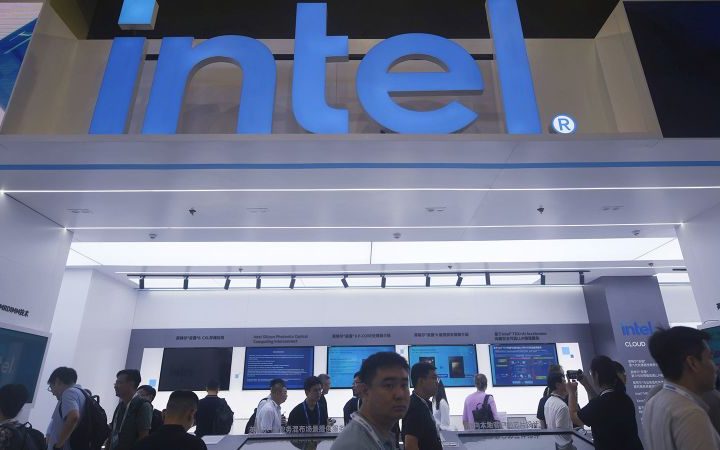Editor’s Note: A version of this story appeared in CNN Business’ Nightcap newsletter. To get it in your inbox, sign up for free, here.
Hollywood writers and actors are going back to work after one of the longest strikes ever in the entertainment industry. Now the big question is: What does that work look like?
Unions are celebrating their hard-won bumps in pay and protections from the encroachment of AI.
Studio executives, meanwhile, may want to keep the champagne on ice.
Hollywood is in a rebuilding era — a painful, awkward transition fueled by tectonic changes in technology and consumer behavior. Strikes, while disruptive, were only a blip compared with the many other existential quandaries weighing on media companies.
A farewell to traditional TV
For years, media giants like Disney, Paramount and Warner Bros. Discovery, CNN’s parent company, could rely on so-called linear TV assets for a steady stream of cash. (The industry refers to traditional cable and satellite TV as “linear” because content flows on a one-way street from a studio to a network to your living room on a schedule that you, the viewer, have no control over.)
That’s all coming to an end. Cable TV sign-ups have been rapidly falling for a decade, and no one believes that trend is going to reverse. TV still makes money, of course, but far, far less than before.
“Linear TV and satellite is marching towards a great precipice and it will be pushed off,” according to Bob Iger, who uttered that statement more than a year ago, before his reprisal as CEO of Disney began. “I can’t tell you when, but it goes away.”
What’ll replace TV? Streaming, of course.
How? We’re not really sure yet.
Streamers, streamers everywhere
Sometime in the late 2010s, you may have found yourself subscribed to a mind-boggling number of TV apps. You had your go-tos — Netflix, Hulu — and your assortment of sometimers and why-nots — Disney+, Apple TV+, Amazon Prime, Peacock, Paramount and various iterations of HBO (RIP, HBO Go, HBO Now, HBO Max — we’re just Max now, for the record. [Max and CNN share Warner Bros. Discovery as a parent company]).
That’s the result of Netflix coming for everyone’s lunch, wowing Wall Street with its global subscription growth that vaulted the company to the front of the streaming pack. All of a sudden, everyone had to have a streaming platform. Streaming is the future! All you had to do was whisper the buzzy acronym “OTT” — “over the top,” aka using the internet to bypass cable providers — and watch the fresh capital roll in.
The trouble is, none of those apps, apart from Netflix, have yet figured out how to sustain a meaningful profit off those services.
Warner Bros. Discovery last month said Max was “getting slightly profitable” in the first half of 2023. Most others are burning through cash.
On Disney’s earnings call this week, Iger said he was “confident” that its streaming services will achieve profitability by the end of 2024.
We’re bored.
Even if the entertainment giants weren’t so flummoxed by the economics of streaming, they’d still be in trouble on a more fundamental, artistic level.
For better or worse, TV and movie audiences aren’t always buying what the studios are selling — spoiled, perhaps, by the overwhelming buffet of content that’s been greenlit in the pivot-to-streaming frenzy. There was a time when you could simply put Harrison Ford in a fedora in the desert and rake in a tidy profit. But Disney learned the hard way this summer that’s no longer the case.
Audiences have more screens than ever vying for attention, and there are only so many hours in a day that we can devote to them. Netflix and Disney aren’t just competing against each other, they’re also competing with YouTube and TikTok and endless podcasts.
Earlier this year, market researcher Insider Intelligence estimated that American adults who use TikTok would spend close to 56 minutes a day on the app in 2023. That’s nearly an hour in which we are not watching TV or the ads that many of the platforms count on for revenue.
The box office has been a mixed bag, too. “Barbenheimer” and the Taylor Swift concert movies were huge wins. But there were also notable misses in the realm of expensive sequels like “Indiana Jones and the Dial of Destiny” and the latest “Ant Man” movie.
Audiences clearly aren’t giving up on movies, they’re just being more choosy. That could prompt studios to dial back their output, leaving fewer jobs for actors and writers just as they’re locking in concessions.
Enjoying Nightcap? Sign up and you’ll get all of this, plus some other funny stuff we liked on the internet, in your inbox every night. (OK, most nights — we believe in a four-day work week around here.)
Read the full article here







